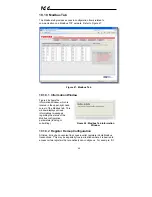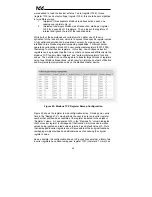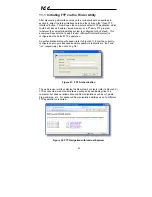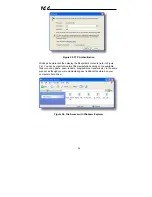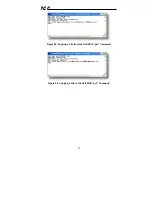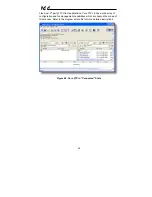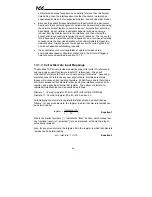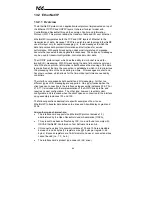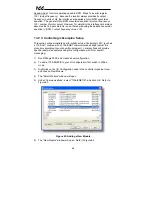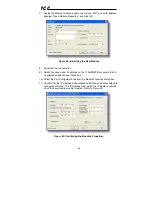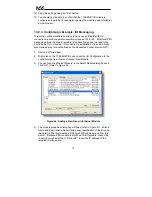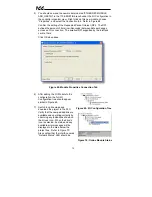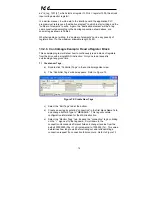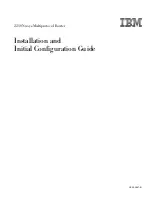
60
ICC
12.
Loading New Application Firmware
The interface card’s embedded firmware resides in flash memory that can be
updated in the field. Firmware updates may be released for a variety of
reasons, such as custom firmware implementations, firmware improvements
and added functionality as a result of user requests. Additionally, it may be
necessary to load different firmware onto the unit in order to support various
protocols (such as Profinet I/O).
ICC is continually striving to enhance the functionality and flexibility of our
products, and we therefore periodically release new embedded firmware to
achieve these goals and meet customer requests. Flash firmware files and all
related documentation (such as updated user manuals) can be downloaded
from http://www.iccdesigns.com. It is suggested that users check this Internet
site prior to installation, and then periodically afterwards to determine if new
firmware has been released and is available to upgrade their units.
Besides the new firmware file, firmware updates require only a PC with the
same FTP client capabilities as described in section 11. The new firmware is
loaded on the unit via the FTP protocol in the same manner as uploading a
configuration (.XML) file. Some notes on uploading new firmware via FTP are:
•
Please be sure to read the firmware release notes and updated user’s
manual for any important notices, behavior precautions or configuration
requirements prior to updating your firmware. For example, upgrading to a
new firmware version may affect user-defined configuration files: prior to
starting an update procedure always back up your configuration file to a PC
for later recovery if necessary.
•
Because the FTP application firmware in the unit distinguishes application
firmware files from XML configuration files by virtue of the filename, don’t
change the default name of the firmware file to be uploaded to the unit.
•
Although the firmware file is uploaded from your PC to the unit in the same
manner as configuration files are uploaded, the firmware cannot be
downloaded from the unit, because the firmware does not reside in the
unit’s filesystem like configuration files do.
•
After the firmware upload process has been completed (typically requiring
30-45 seconds), the unit will reset automatically 5s after the FTP
connection is closed. When the unit boots up again, it will be running the
new application firmware, which can be confirmed by observing the version
displayed in the web server’s information window (refer to section 10.4.1).




